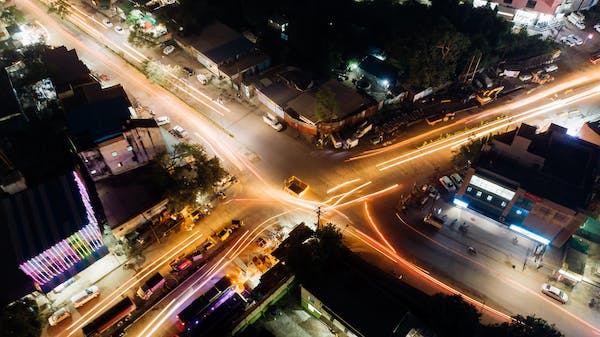More and more cities around the country are installing bike lanes to provide safer travel for cyclists. While bike lanes can provide a designated space for riders, problems arise when vehicles block these lanes and riders are forced into other traffic lanes, putting them at risk of being struck by a vehicle. Now cities are tackling ways to enforce fines on cars and delivery trucks that park in designated bike lanes.

The Technology
Cameras have been used for years to protect public safety, and Hayden AI has taken this another significant step forward through the creation of an automated bike lane enforcement platform that utilizes AI.
Not only can this technology be used on stable surfaces, but it can also be utilized on moving vehicles, such as through the placement of cameras on buses. In fact, Hayden AI, which features that ability, is perfectly situated to help California enforce recently passed AB 361, a bill that makes it legal for cameras to be placed on parking enforcement vehicles for this purpose.
The camera notices when bicycle paths are being blocked and then shares that information with whichever entity is responsible for regulations in that community. It can also be calibrated to allow for better differentiation of which types of things blocking a bike lane may be allowed. An example could be a quad-cycle, which, if it is and calibration to account for that has not occurred, may set off a false-positive.
Hayden AI already has experience with spotting inappropriate things blocking bus lanes, and that type of knowledge is being used in ensuring that bicycle lanes are also not being illegally blocked, something that is believed to have not been done previously while accompanied by AI.
Safety Implications
The expectation is that this will ultimately help reduce the number of people who are killed or injured as a result of a bicyclist needing to leave a designated bike path because it was illegally blocked and enter traffic. Decreasing the number of cyclists hit by cars is a pressing issue as 966 bicyclists were killed in the United States in 2021, the highest such figure since 1975.
One example from 2018 was Madison Lyden, who had been cycling in New York City while on vacation. The Australian citizen had her bike path blocked by a Uber driver’s vehicle and had to veer into traffic, where she was hit by a garbage truck and killed. During a rally to mourn her death, multiple vehicles parked in nearby bicycle lanes in manners similar to what had caused her accident. However, as a result of this tragedy, a protected bike lane was constructed in the area.
The hope of those behind Hayden AI is that its technology will help accelerate the further adoption of new bike lanes that are safer as well as the passing of additional laws that will help ensure that all bicycle paths in that jurisdiction are safer.
Safer Cycling
There are many steps cyclists can take to protect themselves on the roads. Including using bike lanes, following traffic rules, wearing reflective clothing, and using hand signals. Other road users also have a responsibility to keep cyclists safe and this includes making sure that they do not obstruct designated bike lanes. As cities use cameras and other technologies to increase enforcement of these laws, hopefully there will be safer streets and fewer riders injured.










